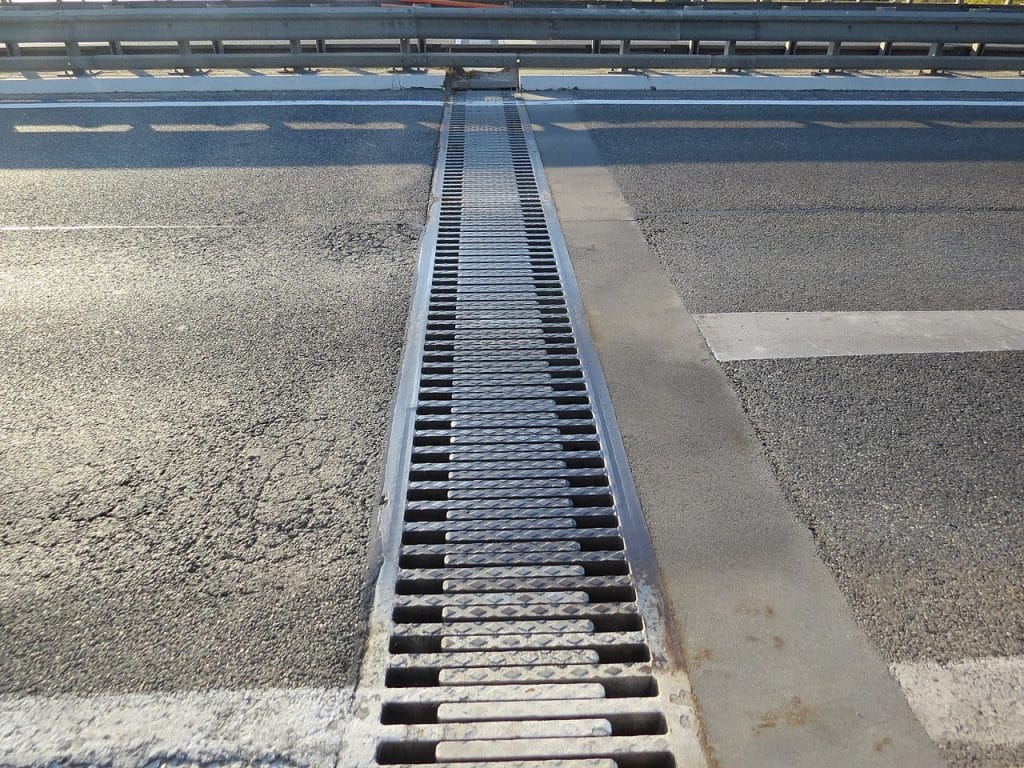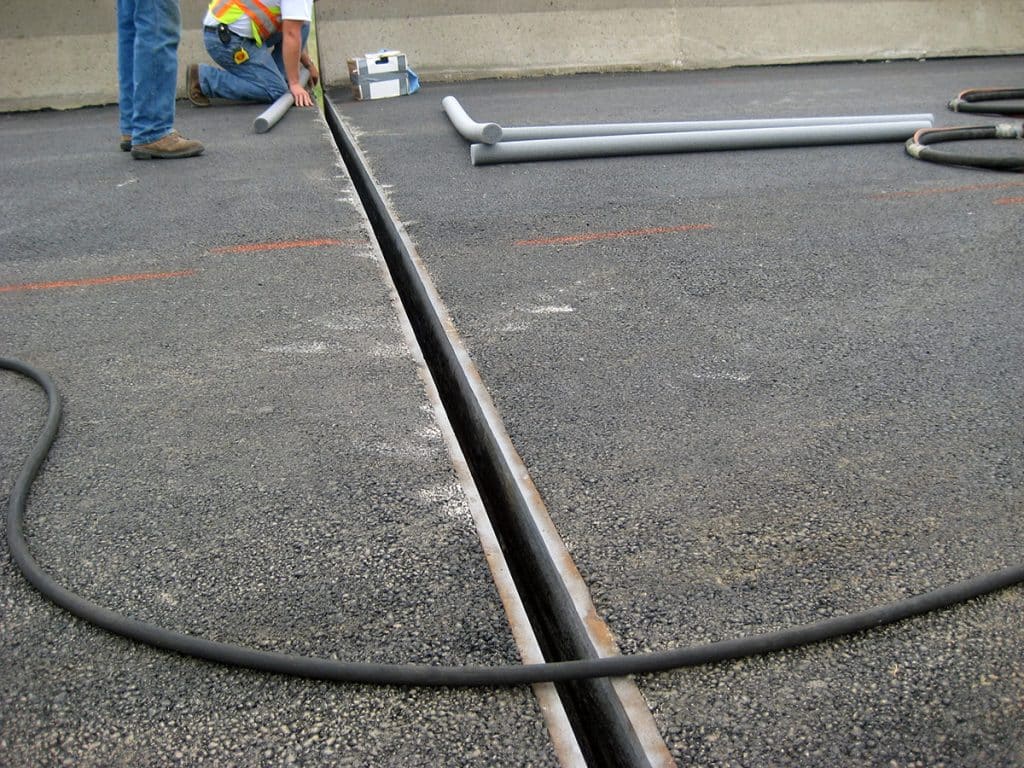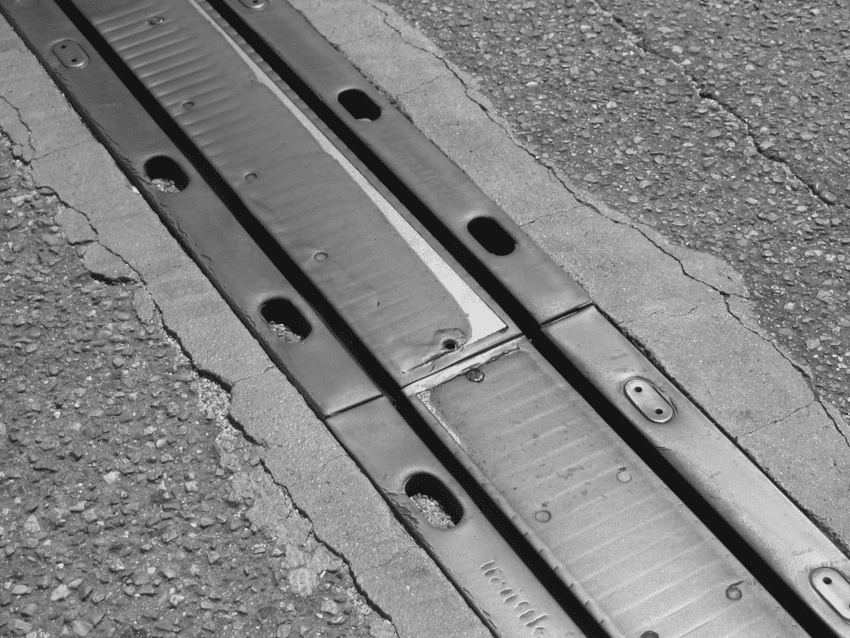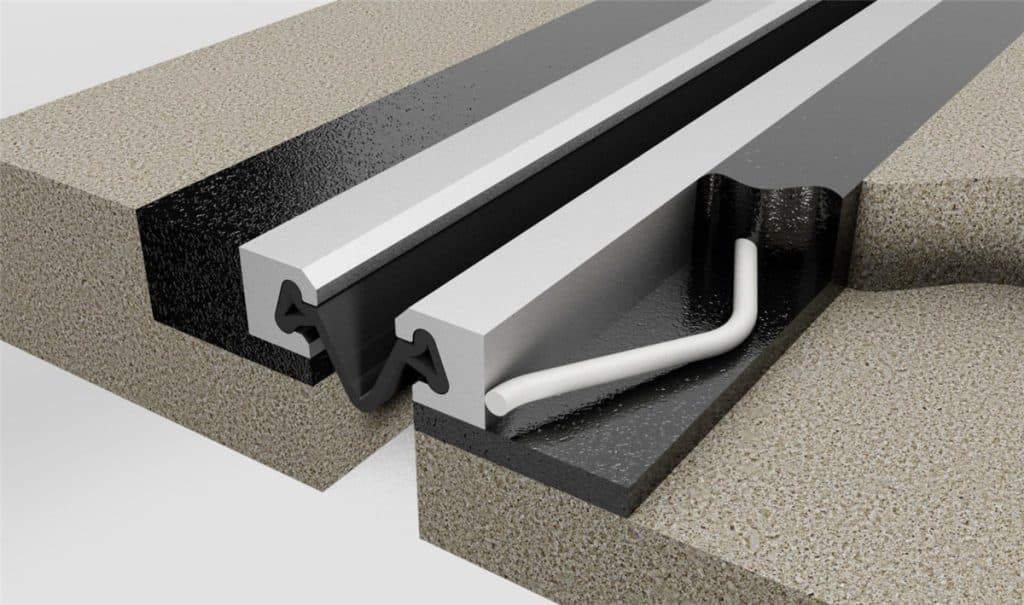
Overview:
When two structural elements are designed in that way to move relative to one another then an expansion joint is required to seal the gap between these two elements. While the other obliging their movements of the relative. The expansion joint in the bridges are provided to allow for the thermal expansion and the contraction of the bridge. It also allows movement because of the traffic on the bridge.
Expansion Joint Bridge:
The gap between the bridge end wall and the deck end will frequently be the case for the bridges. On the long viaducts or the continuous bridges are usually additional joints and it will require the gap between the deck portions. So, it will limit the movement at any one place.
The expansion joints are the point of weakness in the bridge because of their function. There are various occurrences of joint leakage which will cause the problem for the bridge. We can understand it by the example. The corrosion of the reinforcement of the bridge commonly happens when the de-icing salt-laden water will seeped onto the pier support or bearing shelves.
The repairs in the bridges require are more costly than the initial cost of the joint and especially when traffic delays are involved. It is important to give your focus and attention to the design, detailing, and installation of the bridge’s expansion joints. To lower the risk of the future high repair cost for the bridge owner.
The main rising for the use of the internal bridge design is because it is the susceptibility of the expansion joints. The internal bridge construction will eliminate the demand for the expansion joints by connecting the deck directly to the abutments. The removal of the expansion joint is constantly recommended where the possibility is due to the problems they will cause.
On the other hand, the internal bridges have similar load effects and causes of the movements as an expansion joint. Although, the effects of the movement will require the design to be considered. Integral construction is not possible for various bridges especially those bridges that are already built and expansion joints are always to be required.
Performance Criteria of the Expansion Joints in the Bridge.
There are many functions of the expansion bridges and they will provide a number of qualities. A few Qualities are mentioned below:
- It must hold off the loads and the movement without causing such failure to itself and the other section of the structure as well.
- The expansion joint in the bridge are watertight.
- It should give a smooth ride and pose no danger to road users like cyclists, equestrians, and pedestrians.
- The expansion joint is easy to maintain and inspect. The noise emission from the expansion joints is usually lower especially when it is going to be used in a residential area.
Types of Expansion Joints in Bridges:
There are various types of expansion joints that we will discuss below which are typically the movement ranges for each type of joint.
Build Expansion Joint:

This type of expansion joint is usually covered through road surfacing. It grants movement up to 20mm which is (±10 mm). For movement, more than 10mm, the expansion joined is usually on the top of the deck by using waterproofing and the flashing will be dropped down into the recess, which is below the desk of the top, and the elastomeric pad that is used to fill the recess.
Asphaltic Plug:

This is the 2nd type of expansion joint which consist of the in-situ joint of the flexible bituminous material. It will provide both the running surface and the expansion medium. The deck of the expansion joint gap is basically covered by a thin plate. It grants a movement range above 40mm.
Reinforced Elastomeric Expansion Joint:

A reinforces elastomeric joint consists of the prefabricated segmental joint of the neoprene rubber within the reinforcing angles and the plates. The type is bolted down to the concrete and the epoxy resin mortar transition strip that will protect the adjacent surfacing. There are multiple sizes of the giving movement ranges above 165mm.
Noising Expansion Joint:

A noise expansion joint consists of the relatively stiff nosing material of the cementitious polyurethane, epoxy binders, and polyuria. Which protects the adjacent edges of the compression seal and the surfacing. It will also protect the ingress of the water. Plus, It also grants a movement range of more than 12mm with the poured sealant. It will go up to 40mm with a well-performed compression seal.
Elastomeric in the Metal Runners Expansion Joint:

In this, the elastomeric seal will be fixed between the two metal runners cast into the recesses in the abutment and deck concrete. If we introduce the intermediate runners, the multi-element joints will provide as like illustrate fantastic capacity.
The movement range of elastomeric in Metal Runners:
Embedded range up to 150mm
Single element up to 80mm
Multi-element up to 960mm.
Importance of the expansion Joint in the Bridges:
If you are using concrete as the building material then there are many things that you need to consider in this situation. The weight load and the strength of the concrete are important. Instead of this, there is another vital component which will be the effect of the environment on the material.
Thermal cycles in the geographical area are also required to be taken into the consideration. With the changing of weather and seasons, the structure will expand and contract with the current temperature. At that time it will be overlooked, but if the concrete and structure expand. Then there are multiple issues created related to the expansion joint system.
The heating and cooling cycles of the concrete bridge deck may cause you the expansion and contract equally. If the contraction is more than the tensile strength then the cracking will happen. If we go inversely and the expansion is going to restrict, then the distortion and the crushing material may happen.
To stop these types of failure, the concrete bridge deck requires joints that will be fitted with the material and it allows the structure to contract and expand. This process will be done without any causing damage to the structural integrity. These are known as the expansion joints in the bridges.
Conclusion:
Expansion joints are an important part of the bridge design and they allow for the movement of the accommodate thermal expansion, structure, and contraction. Plus, the movement is also caused by the traffic. It is important to focus on the design, detailing, and installation of the expansion joints to decrease the risk of the high repair cost for the bridge’s owner.
You Might Also Like: Microsoft’s Latest Launch: ChatGPT 4 With Revolutionary AI Videos

